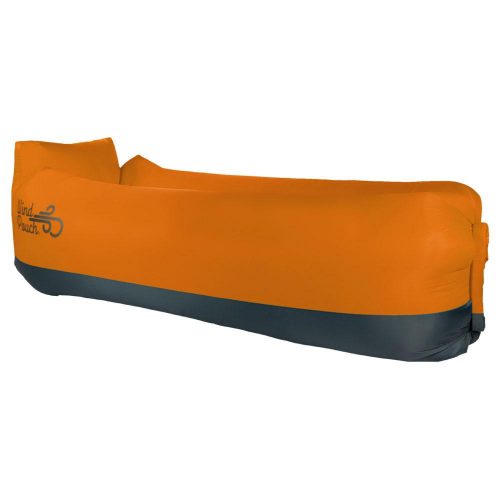Tips for Creating a Workout Routine After a Minor Injury
The gym lifestyle has a lot to offer, especially in terms of health. If you’ve recently suffered a minor injury, you may be eager to get back to working out but don’t quite know where to start. Have a look at the four tips below, as they will help you come up with a safe workout routine. Try them out so you can heal while keeping fit.
Contents
Start Slow and Stretch
To make sure that you don’t hurt yourself more, always start your routines with a period of stretching. Don’t get right into the heavy stuff; rather, start slow and build up momentum. Don’t aim to push your limits just yet, as this could aggravate your injuries. Instead, take it slow and steady. Until you get clearance from your doctor that you’re fully healed and you feel good yourself, avoid extreme exercises and movements that could cause you trouble and further pain. Because bone fractures normally heal in two to 10 weeks, allow for this time to pass if you have a fracture before you attempt to get back into your usual routine.
Talk to Your Physical Therapist or Doctor
Your doctor knows best, so before you do anything, make sure you talk to them and get clearance. Let them know about your intentions to get back to exercising, and ask any questions you may have on the same. If they advise you against something you want to do, follow their advice lest you go back to a worse state than you left. If they tell you to wait for a certain length of time or to take certain measures such as wearing protective or supportive clothing, listen to them and you will be able to get back to your lifestyle after your body has healed completely.
Utilize Support Devices
Support devices like corsets, belts, casts, and even KT tape can help you heal better and faster. You can still stretch and exercise with these devices because something like KT tape can stretch up to 40% of its length, supporting you through a wide range of motion. Consider your needs and then get the right support device that will serve you fully. As mentioned, your doctor or physical therapist will be well-placed to advise you on the steps to take. Do your research as well so that you know the current solutions, and in this way, know your options so you can work with a professional to get the best results.
Build Up to More Intense Workouts
As your body heals, you can keep increasing the intensity of your workouts so you recover and build more strength. It’s advisable to work with a trainer who knows your condition so they know how to set up your workouts for the best results. High-intensity interval training or HIIT workouts normally last for about 30 minutes. After you have healed well enough to handle this, you should increase your weekly HIIT sessions so you keep reaping the results. You don’t have to feel pain to see results, as pushing your body to the point where it hurts each time can set you up for a lifetime of gym-related injuries. Since you want to get the best of what a fit lifestyle can offer, practice moderation and always slow down when you’re feeling burnt out.
Getting a minor injury may slow you down, but it doesn’t have to be the end of your fitness journey. Follow the four tips above, and you will be back on your feet in no time at all, huffing and puffing towards a healthy and fit version of you.




